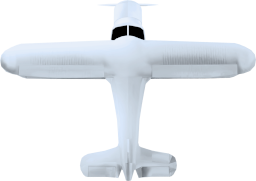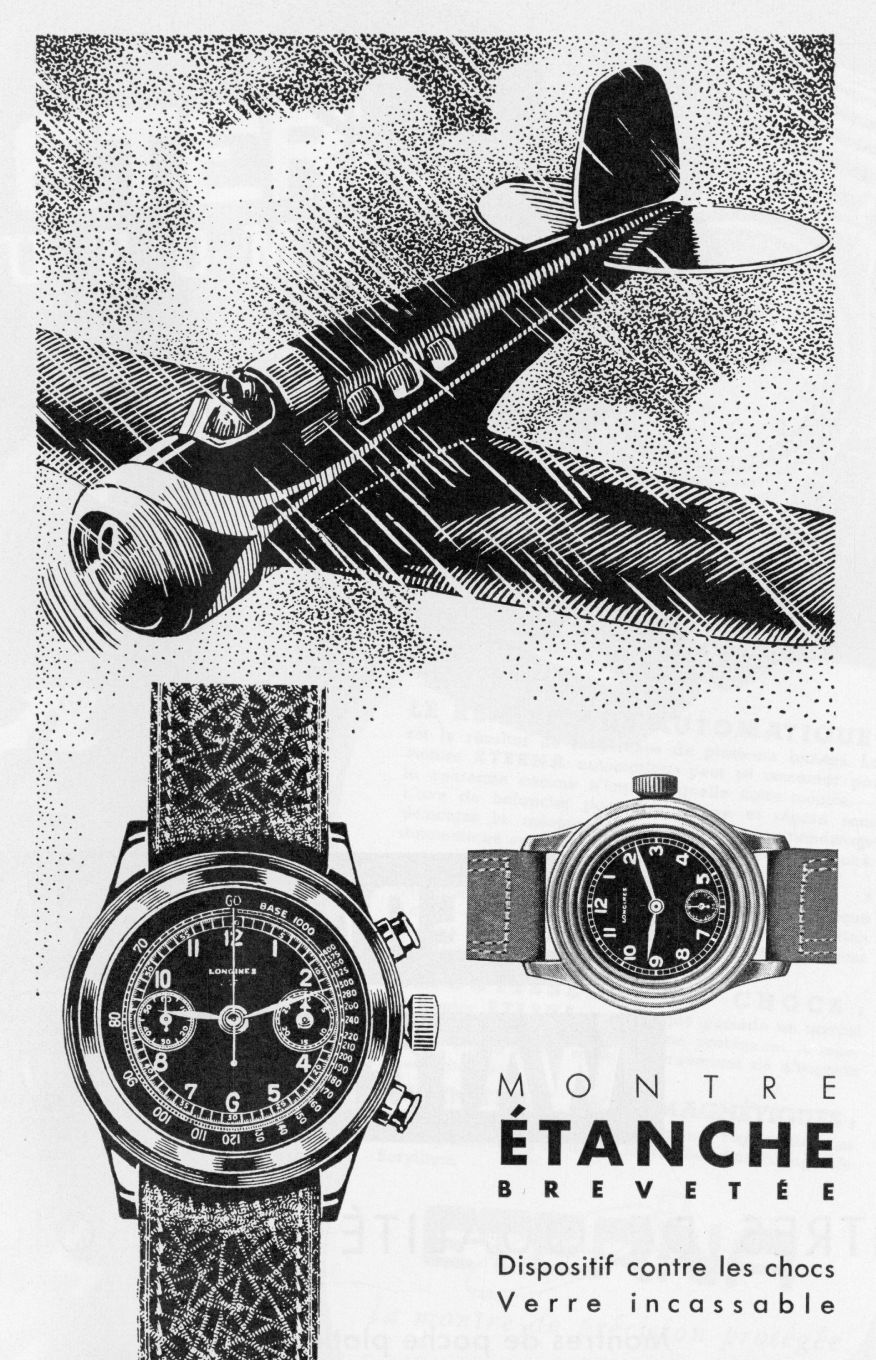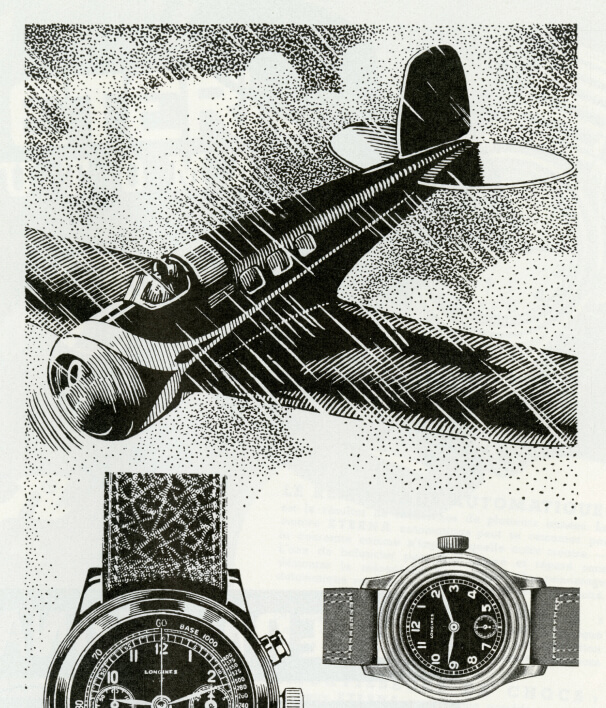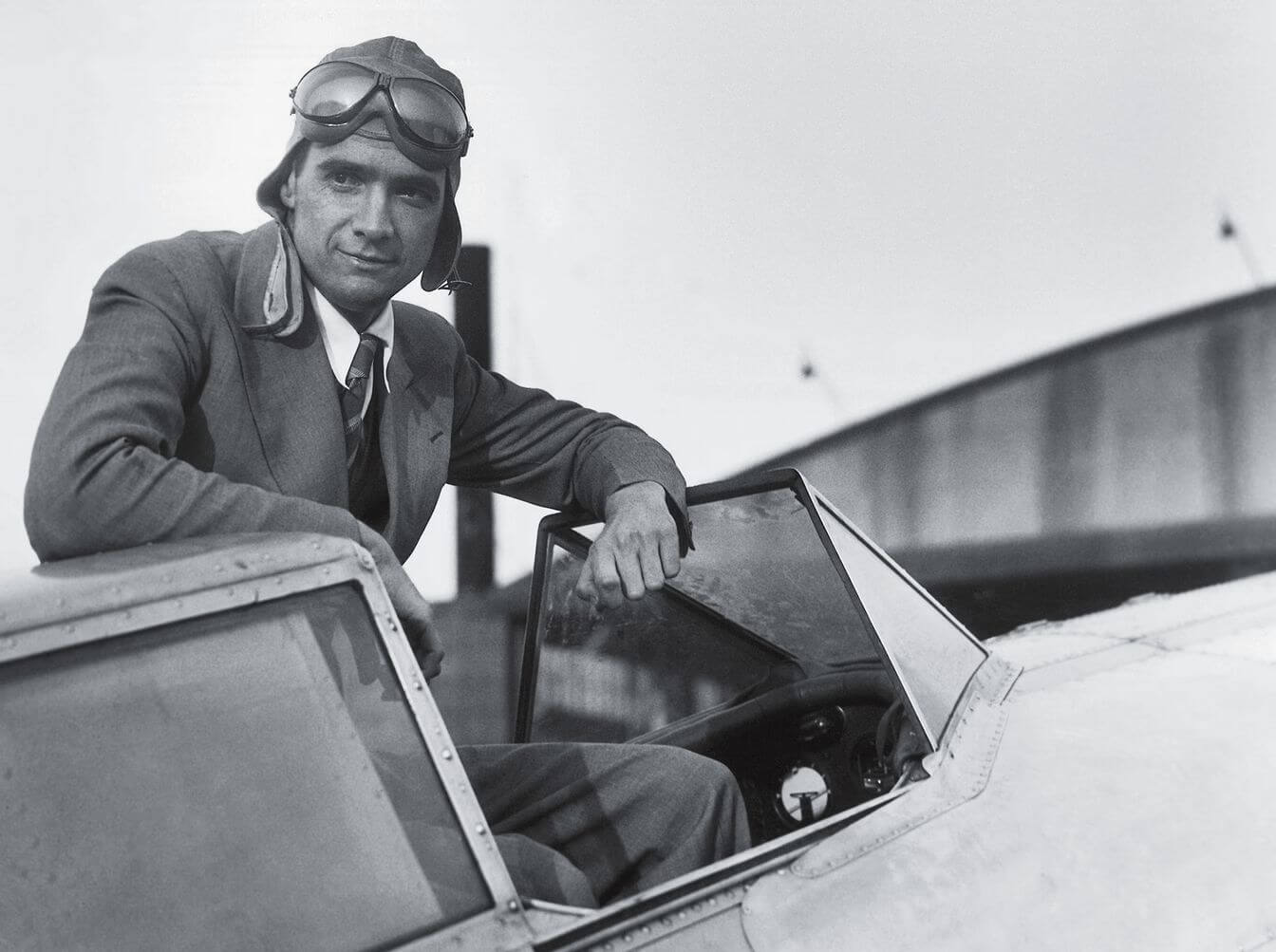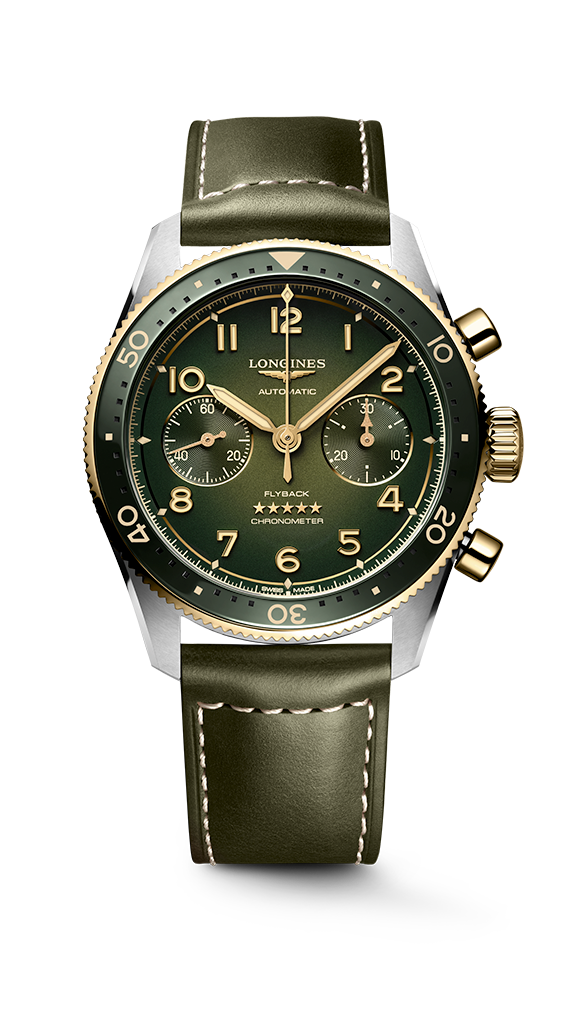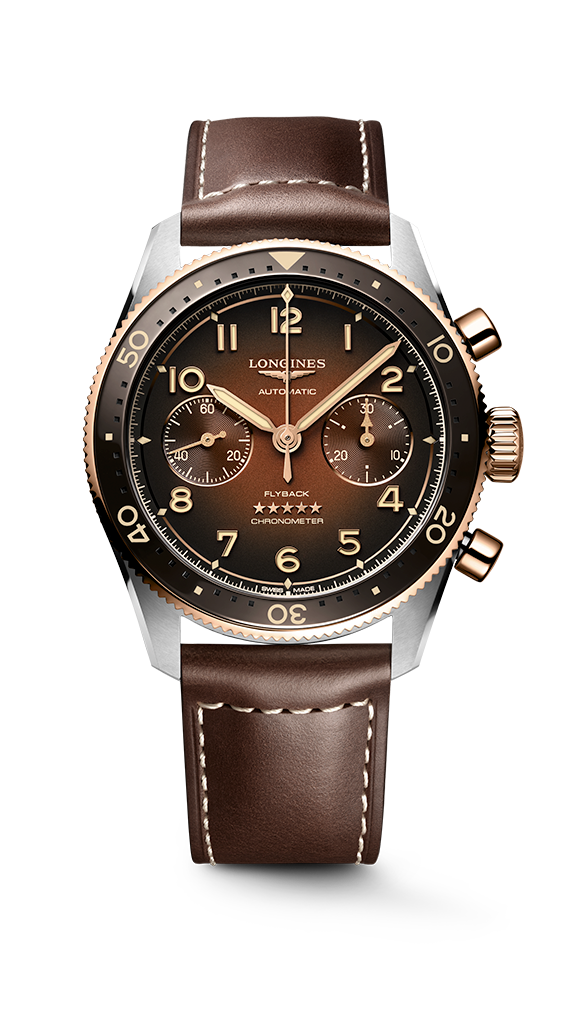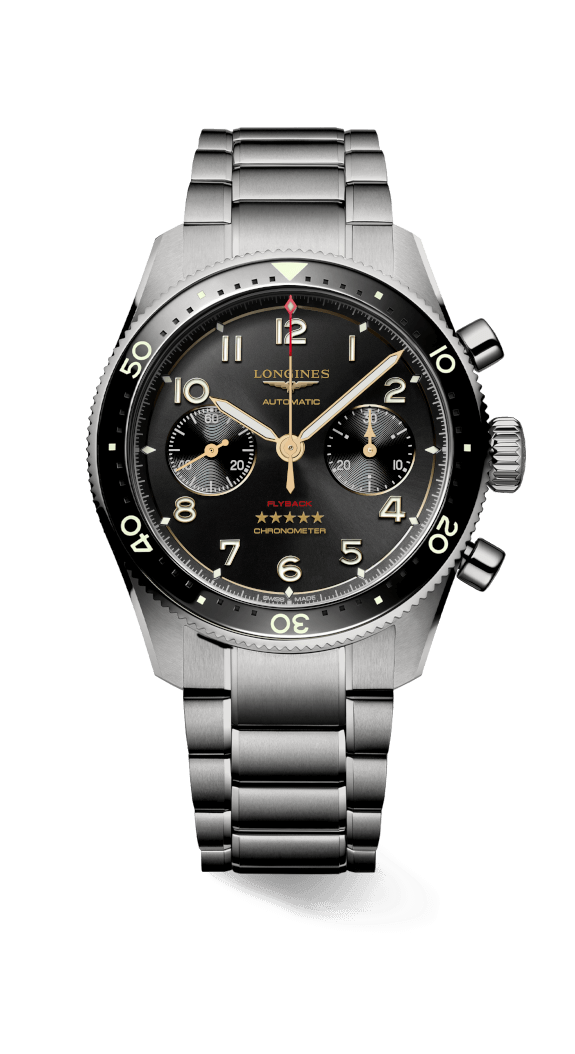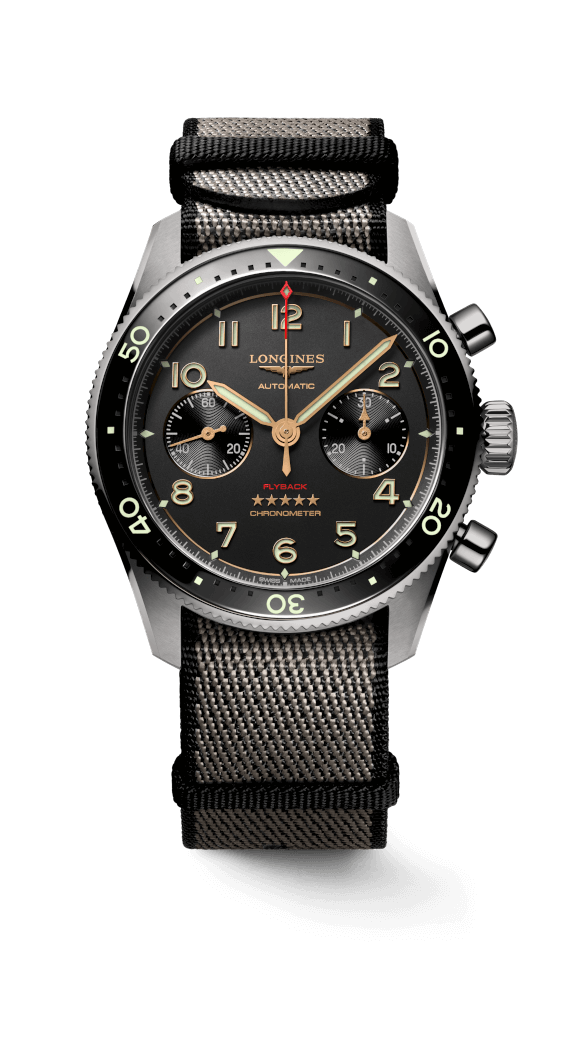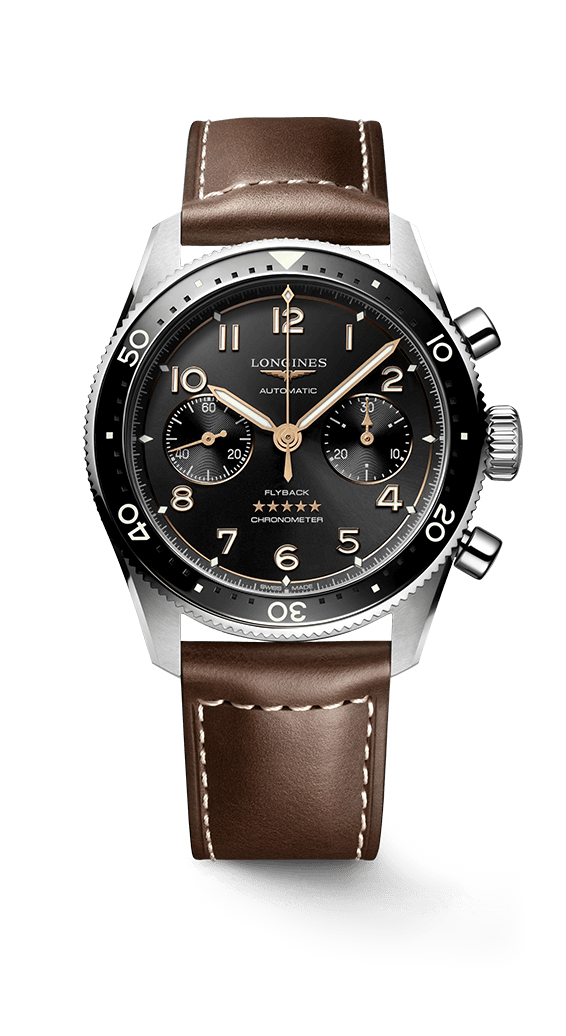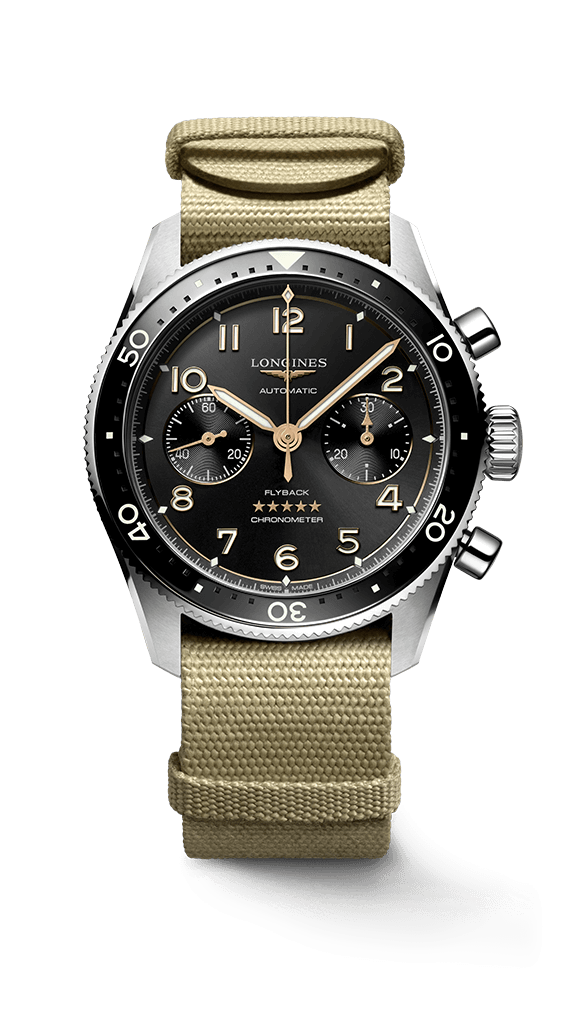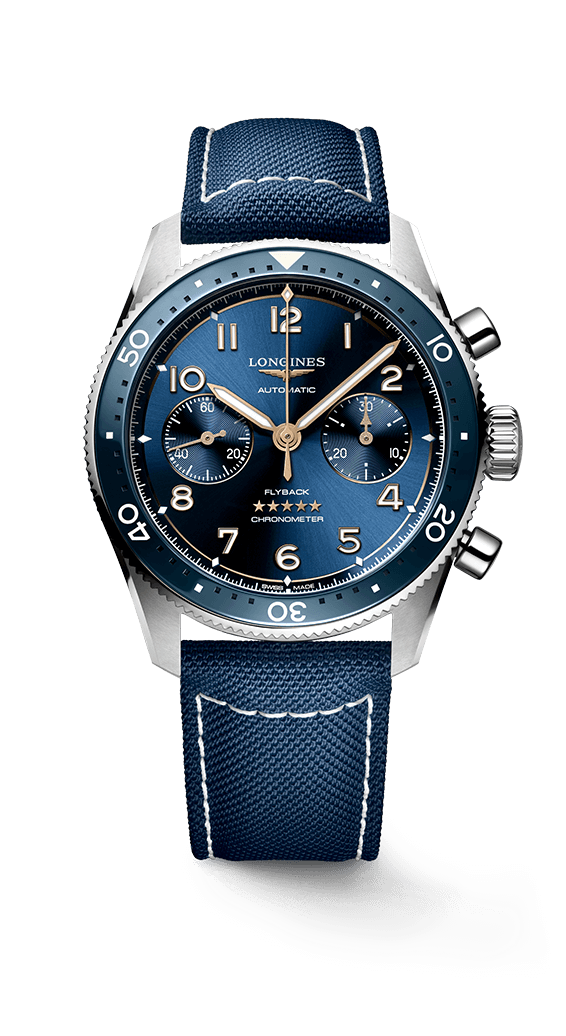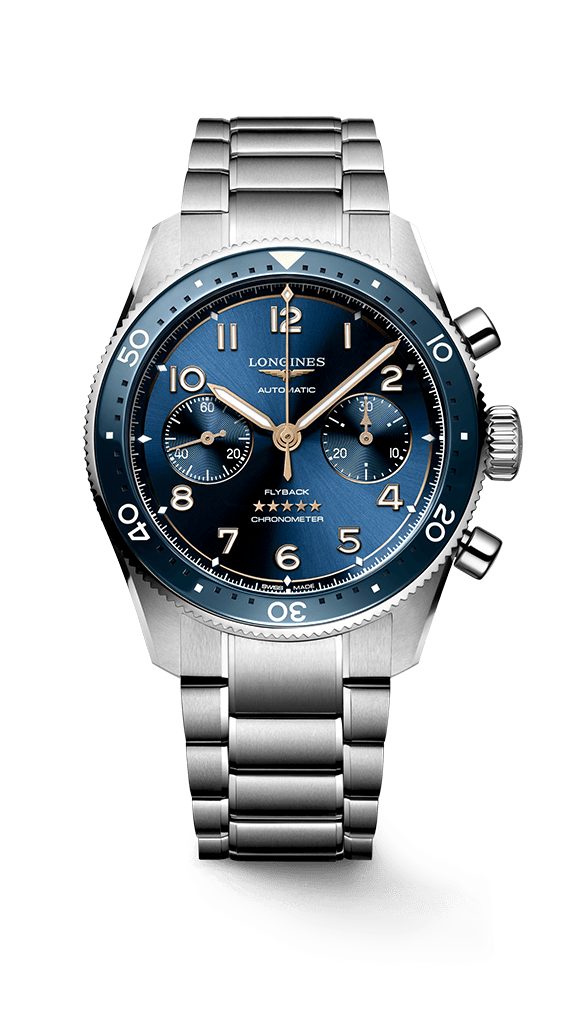00
Click to enable sound
Longpress to
read the story
LONGINES
SPIRIT
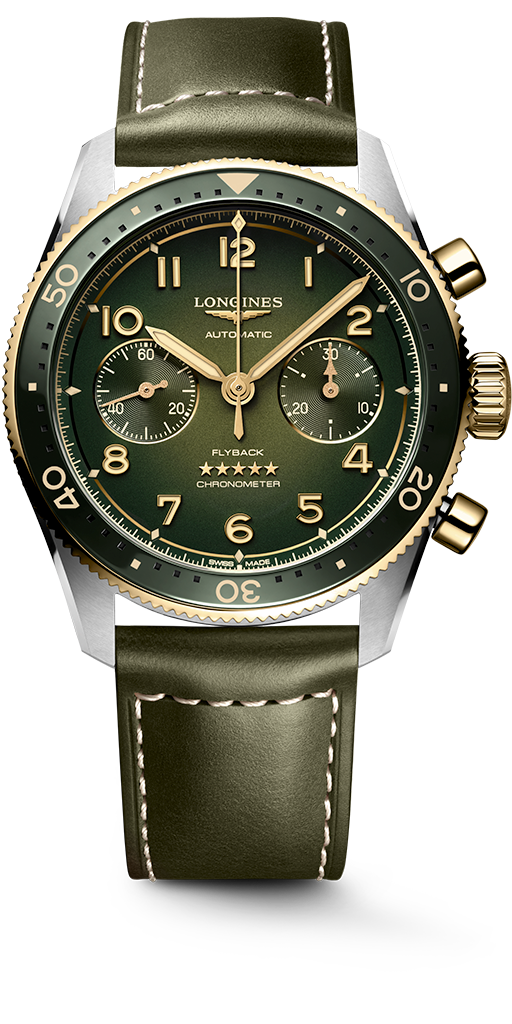
LONGINES
SPIRIT
FLYBACK
Pioneering Flyback Chronographs
In the air around the world
Hans von Schiller was a zeppelin captain at a time when simply mentioning the profession filled people with awe. A pioneer in air tourism, he flew over the Arctic and crossed the Atlantic to the United States and South America countless times.
In 1929, Hans von Schiller was aboard the famous German airship, the LZ 127, named Graf Zeppelin. The 236-metre-long airship travelled around the world in 12 and a half days. Accompanying him in the cockpit were two LONGINES instruments. At the end of this extraordinary voyage, the captain congratulated LONGINES by telegram for the accuracy and reliability of the chronometers and donated the historic pieces to what would later become the LONGINES Museum.
LONGINES also equipped the largest commercial airship ever made which was assigned a regular route between the United States and Europe: the famous LZ 129 Hindenburg. The zeppelin offered dozens of passengers the comfort of an ocean liner at a cruising speed of 80mph (130 km/h). The main room even had a piano. The cockpit was equipped with three LONGINES chronometers, displaying legal time, Greenwich time and Greenwich sidereal time. Unfortunately, this zeppelin had a fatal accident in 1937. Hans von Schiller managed to survive as he missed the departure, due to a delay in his previous trip…
The LONGINES SPIRIT collection continues the tradition of precision instruments created by the brand to accompany the greatest explorers in their conquest of the air, sea and land.
It has now been extended to include a chronograph with flyback function, testimony to LONGINES' pioneering role in developing this technology.
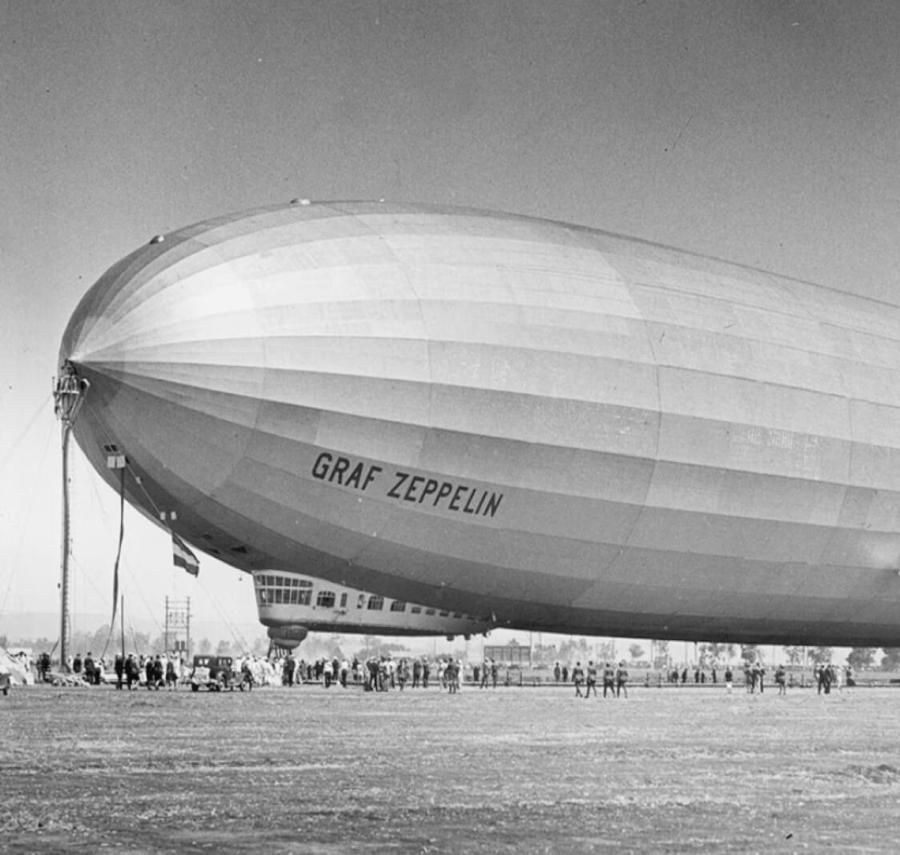
Discover how Richard Byrd crossed Antarctica wearing the LONGINES Spirit Flyback
Scroll to explore






THE FLYBACK:
AN ICONIC FUNCTION
How does
this
function
work?
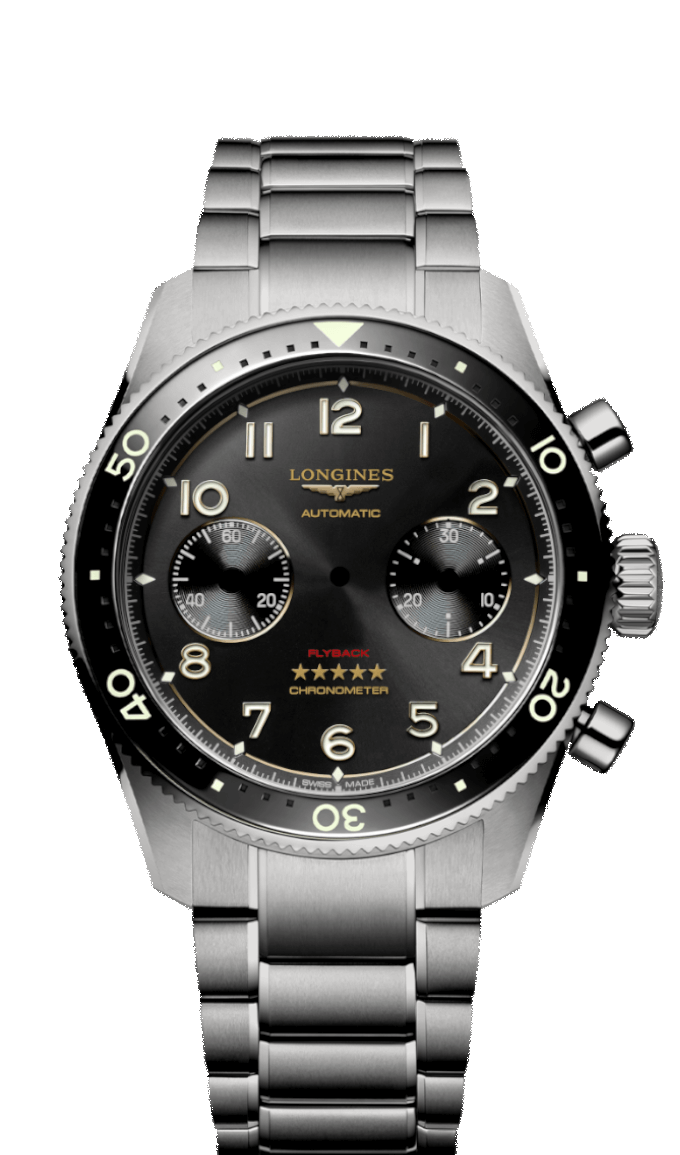





chronograph start the
chronograph PAUSE THE CHRONOGRAPH PAUSE THE CHRONOGRAPH
How does
this
function
work?
With centuries of watchmaking expertise, LONGINES has played a pioneering role in a number of technological advances and continues to display an unwavering commitment to innovation.
Discover now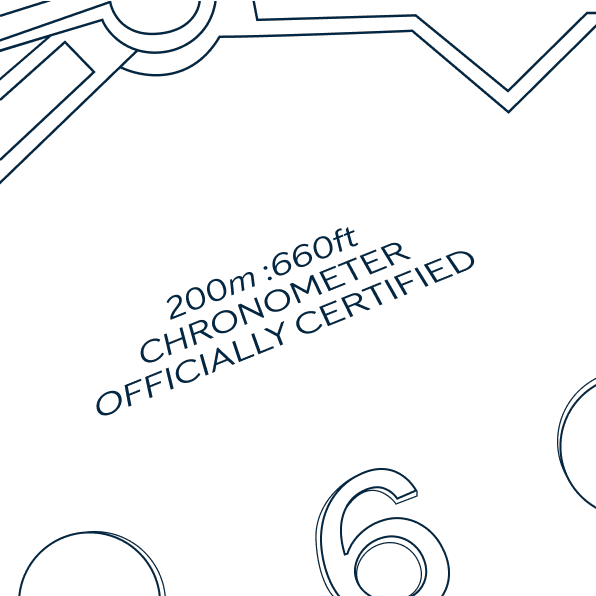
Cosc certification
The Contrôle officiel suisse des chronomètres (COSC) is an officially recognised non-profit organisation, which is certifying the accuracy of watches movements and granting them the chronometer status.
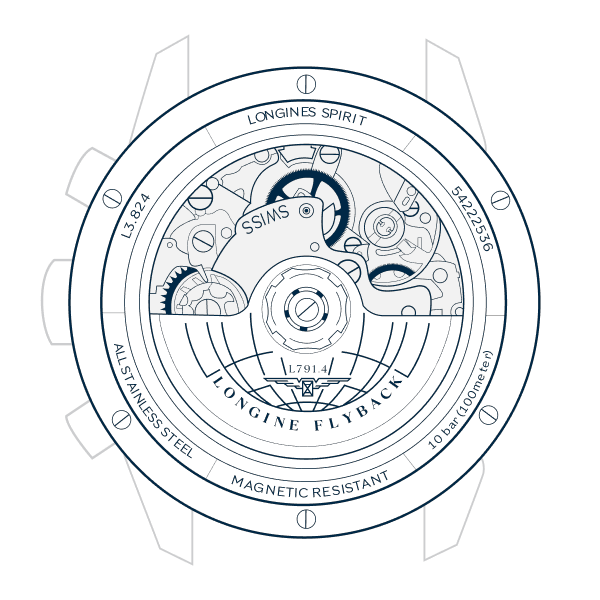
Rotor
A transparent case back reveals all the details of the calibre, including a specific weight engraved with the globe representing the LONGINES SPIRIT collection and the name LONGINES FLYBACK.
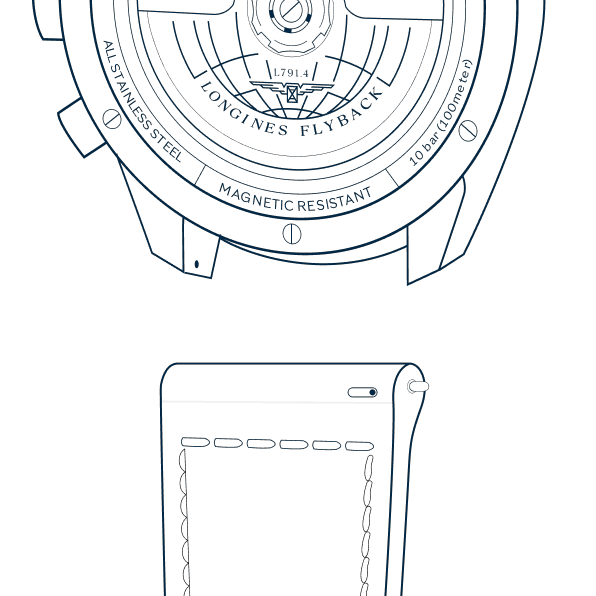
Quick switch
An easy and quick interchangeable system to adapt your LONGINES SPIRIT FLYBACK to any mood, trend or occasion.
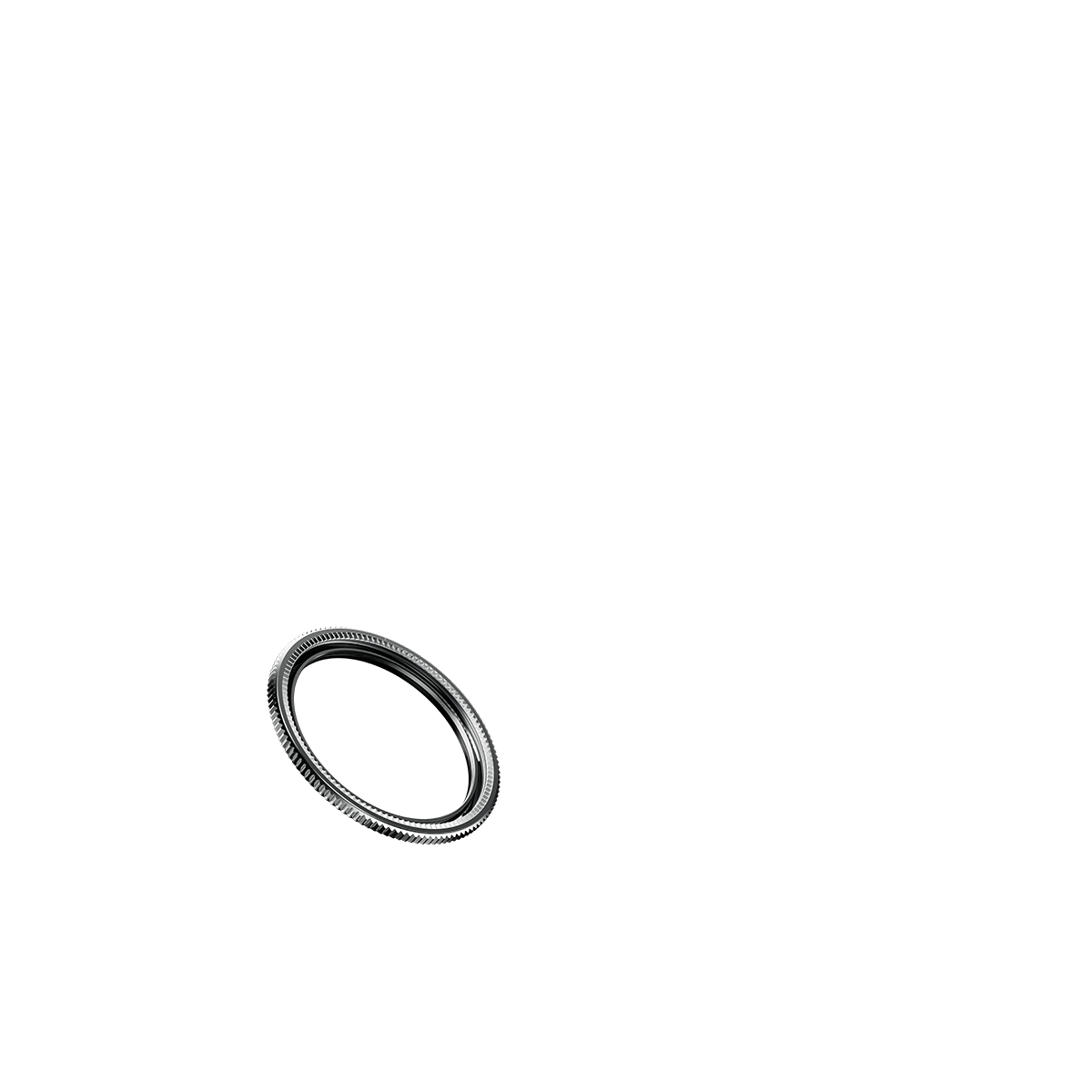


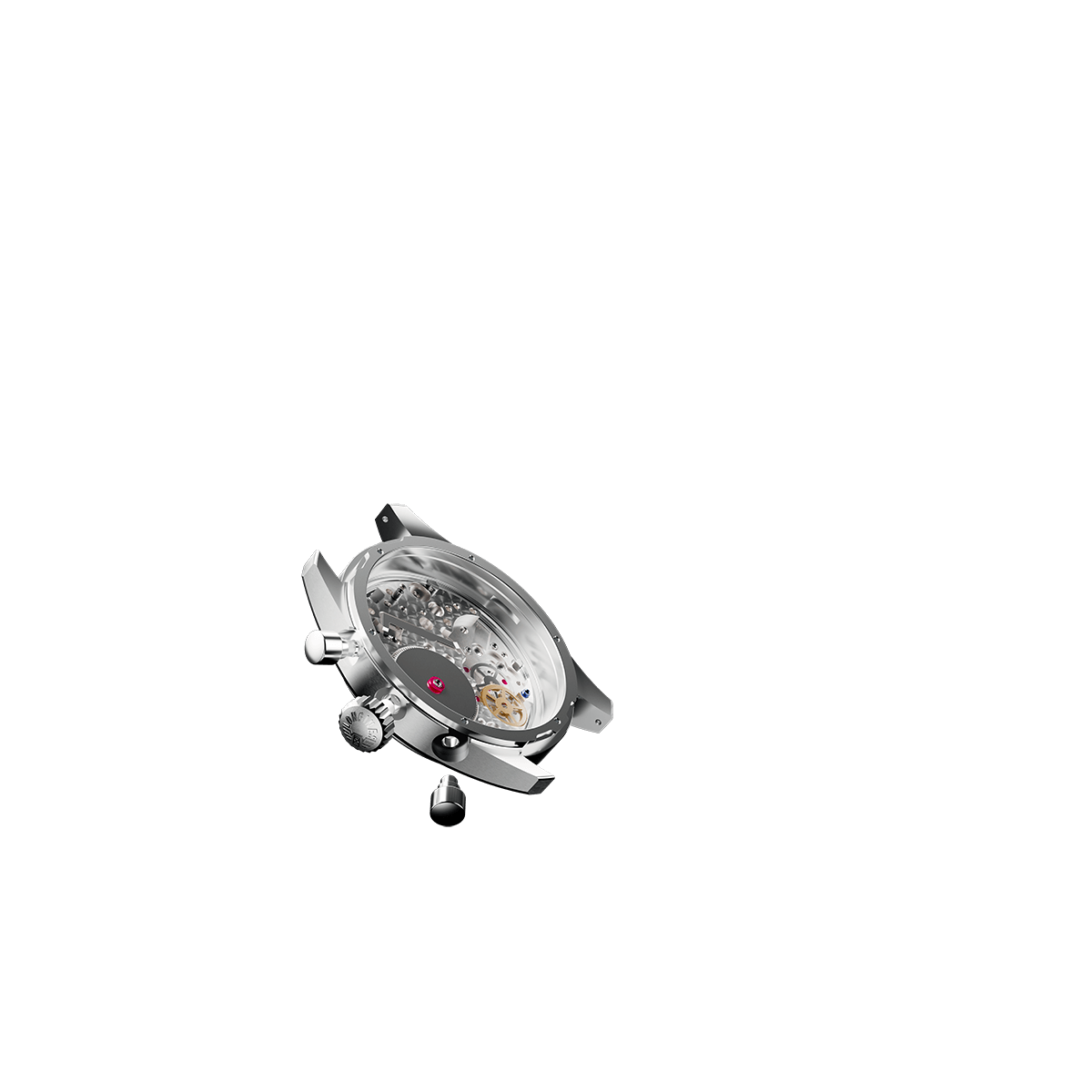
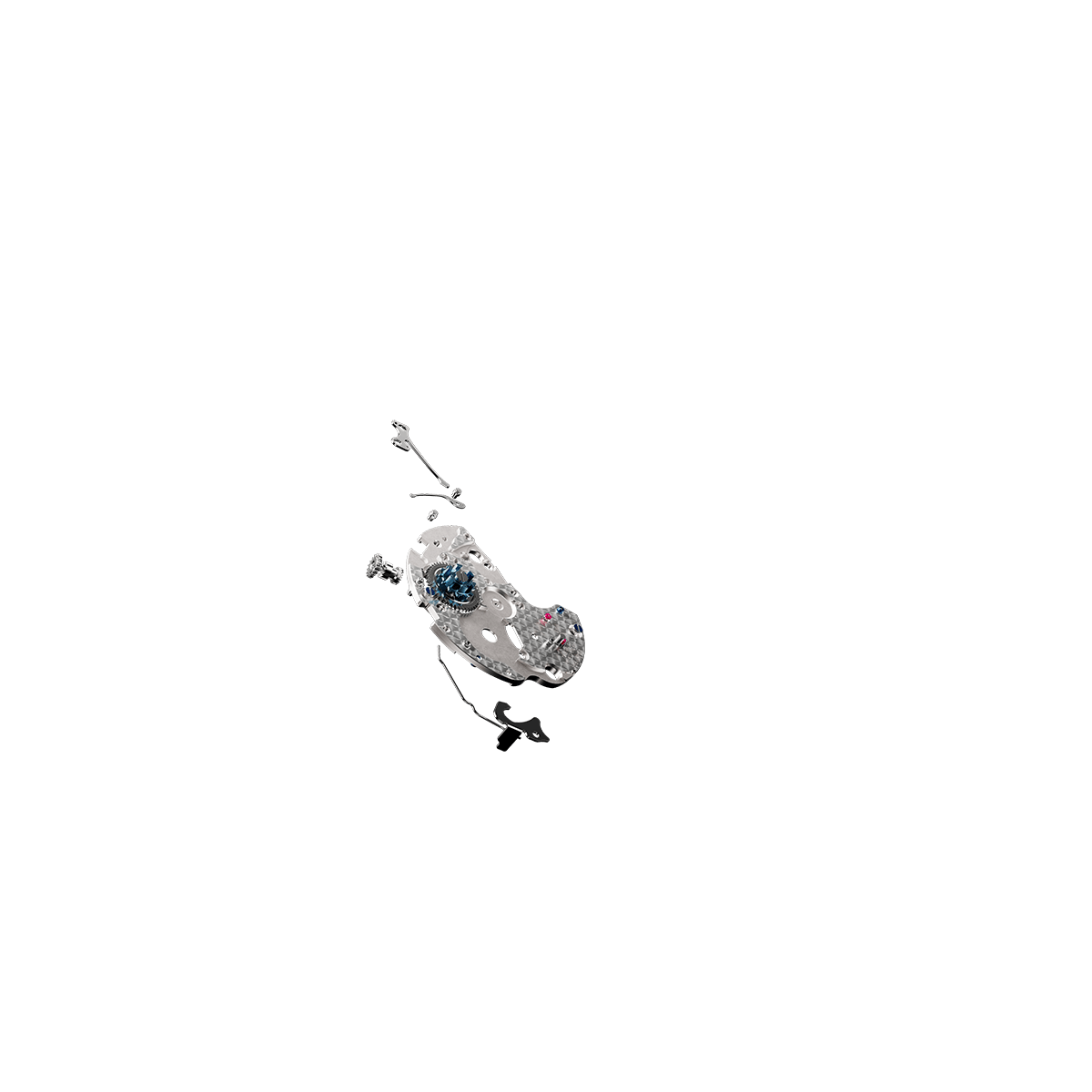


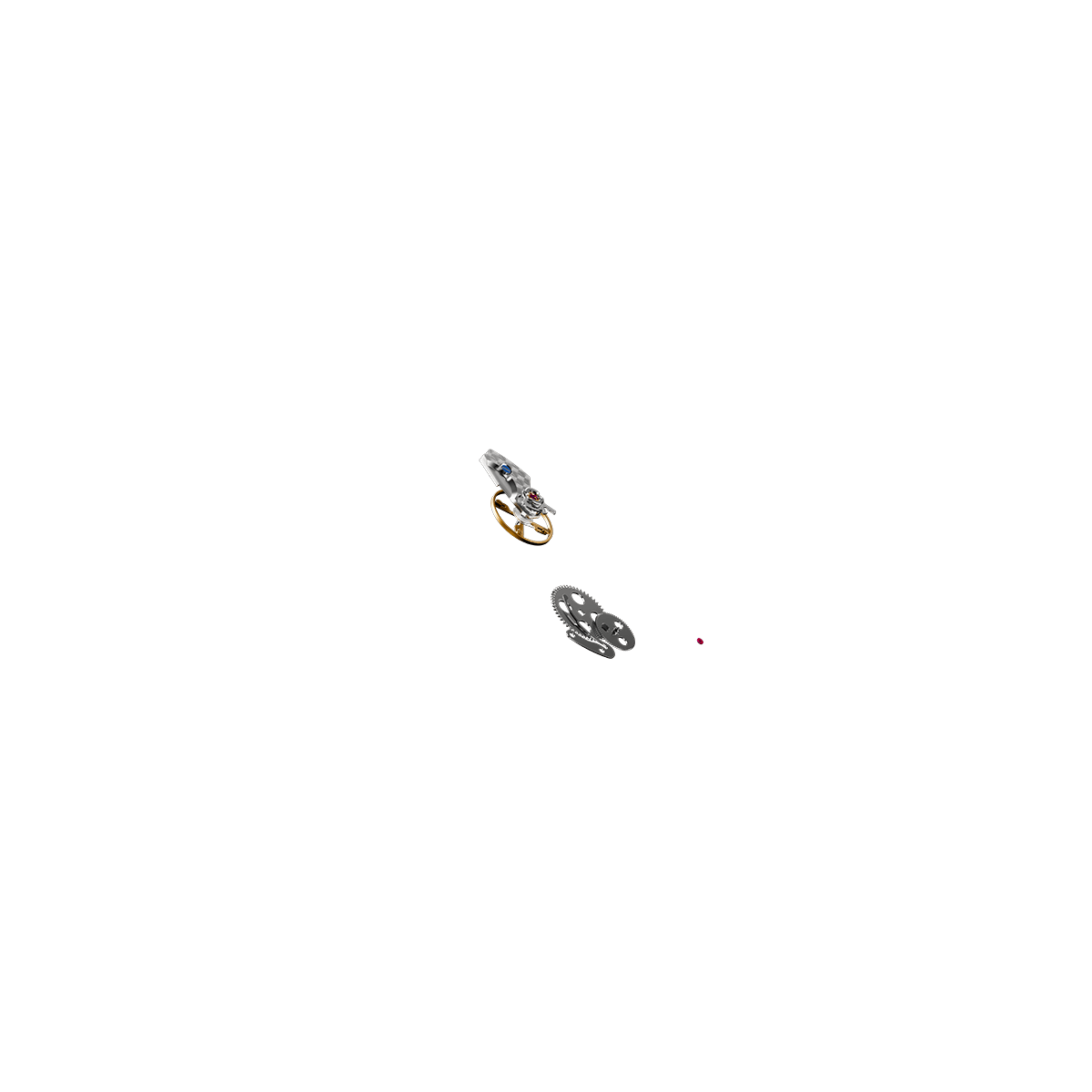
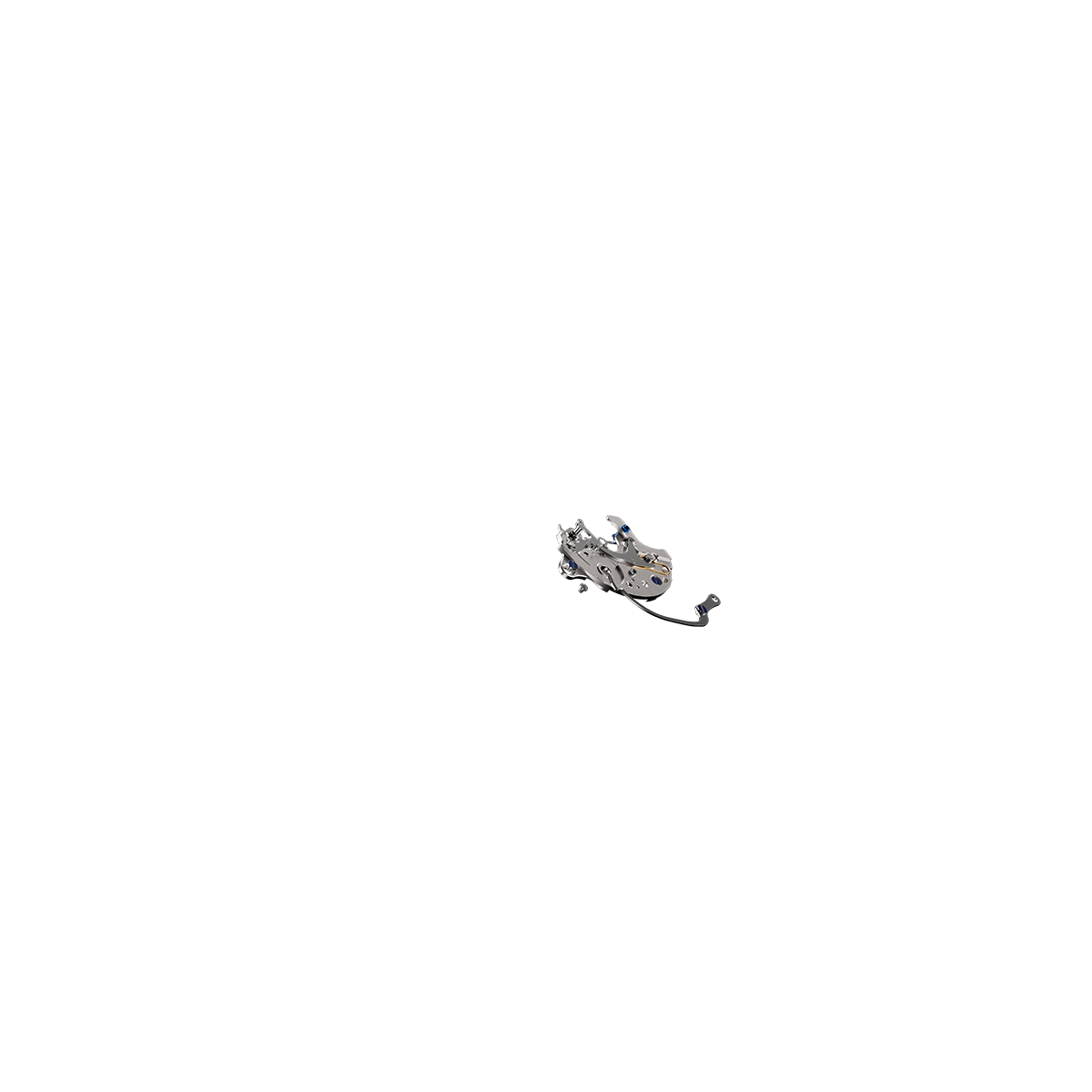
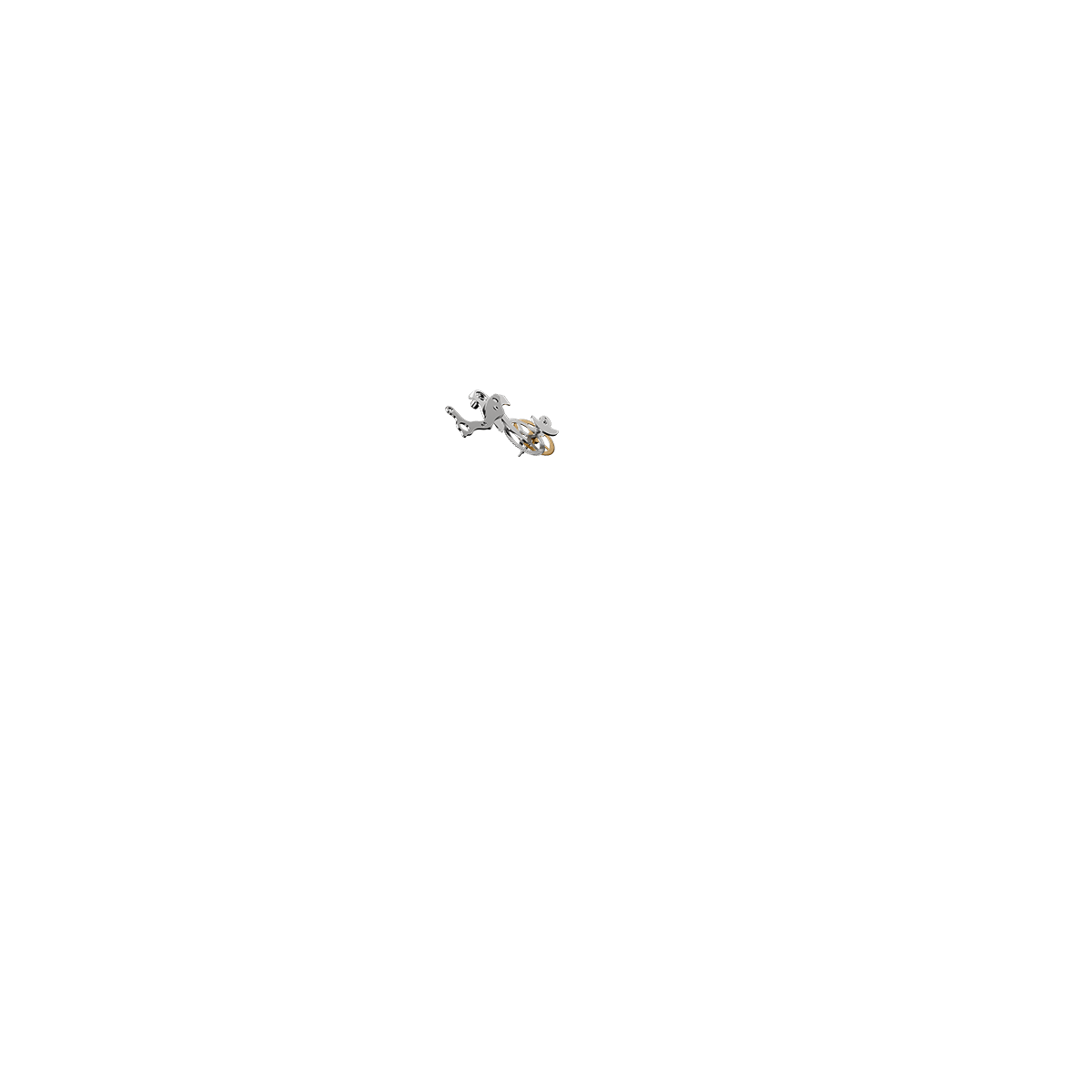

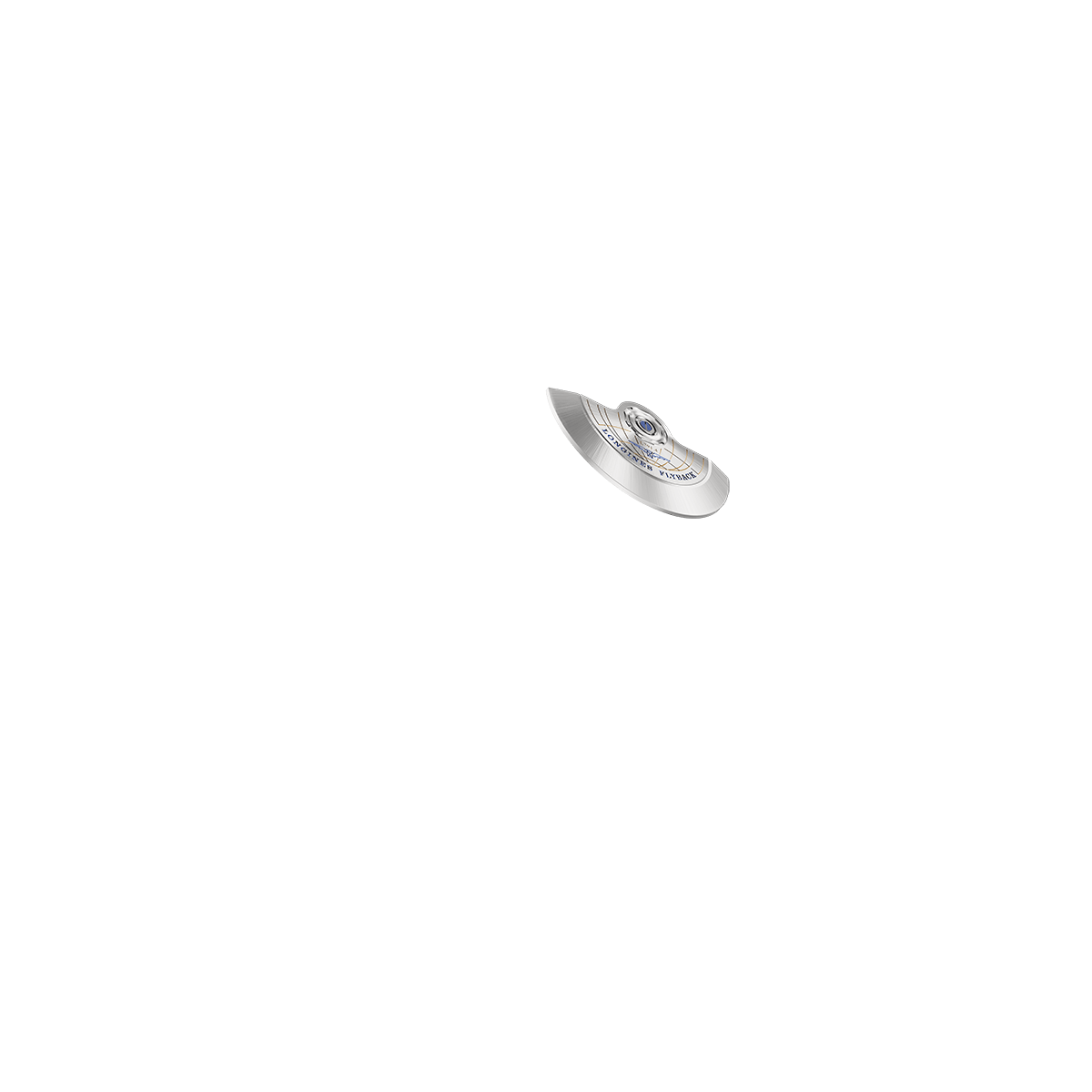
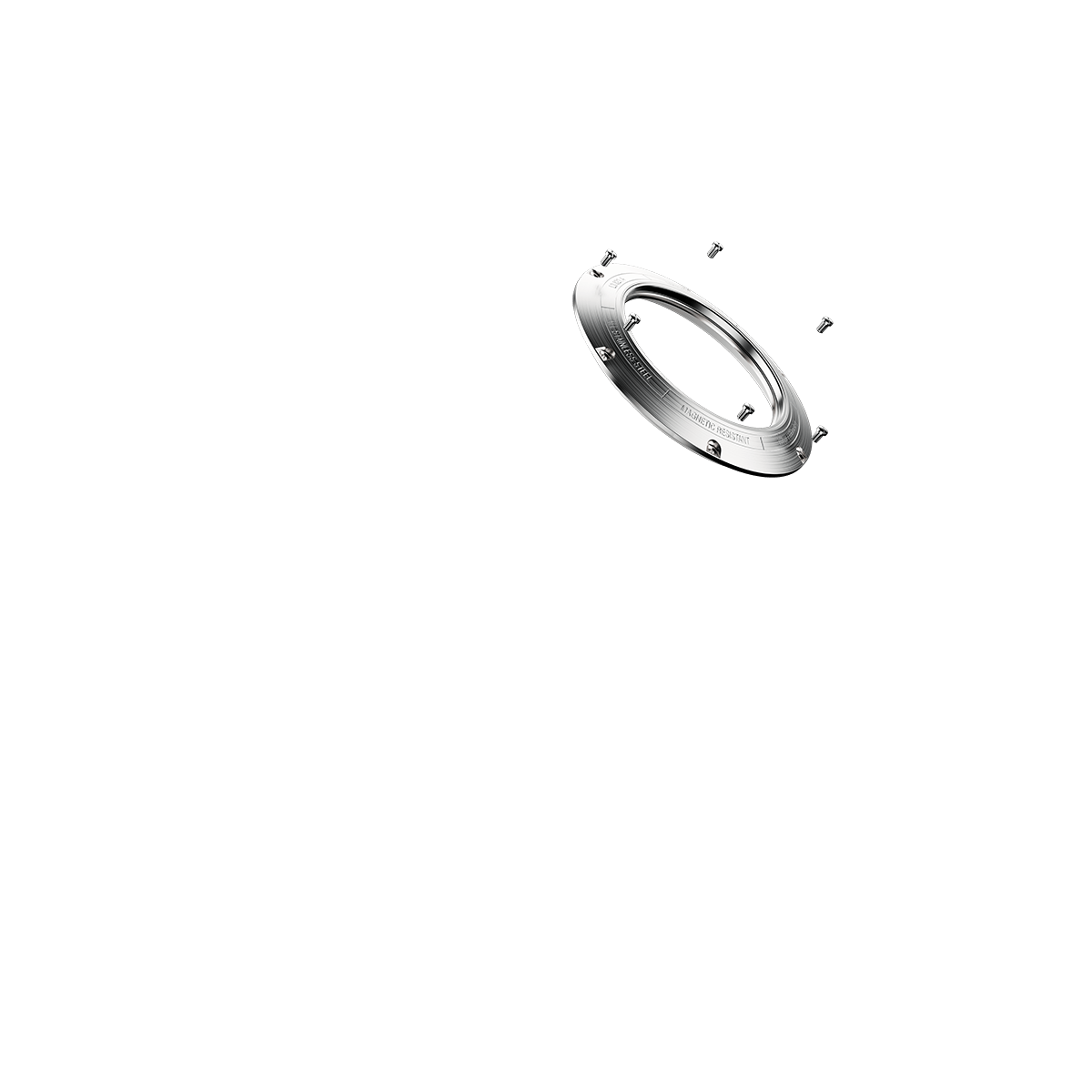

LONGINES exclusive
self-winding column-wheel
movement
Power reserve of 68 hours
Silicon balance-spring
and magnetic resistant
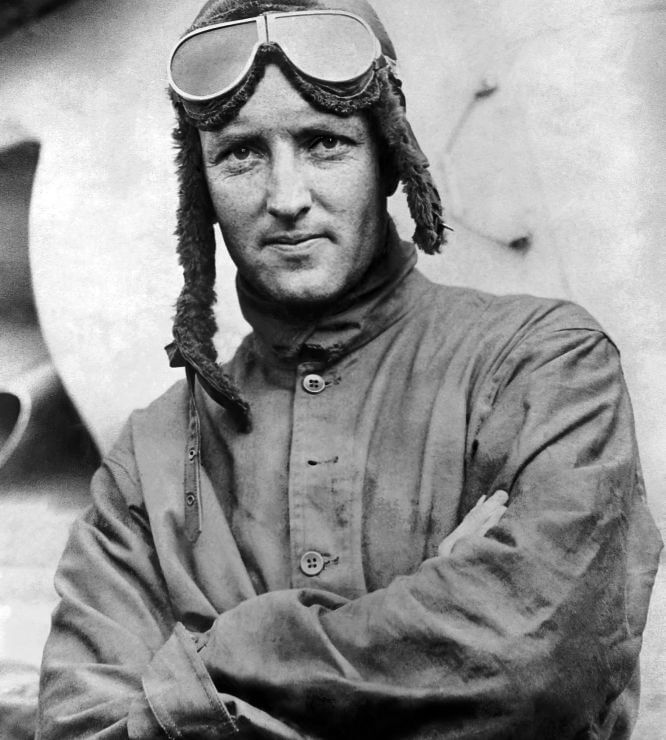
Linking
history
with
innovation
LONGINES equipped the most important pioneers in aviation with professional instruments for time keeping and navigation.
And
LONGINES invented
the flyback mechanism
Flyback is an additional function of chronographs that is particularly useful in terms of time and speed. Indeed, a simple press of a pusher instantly resets the chronograph’s second hand, which immediately restarts timing from zero.
A single press enables three operations (stop, reset and restart), in contrast to conventional chronographs, which require the stop and reset functions to be activated before restarting the timing function.
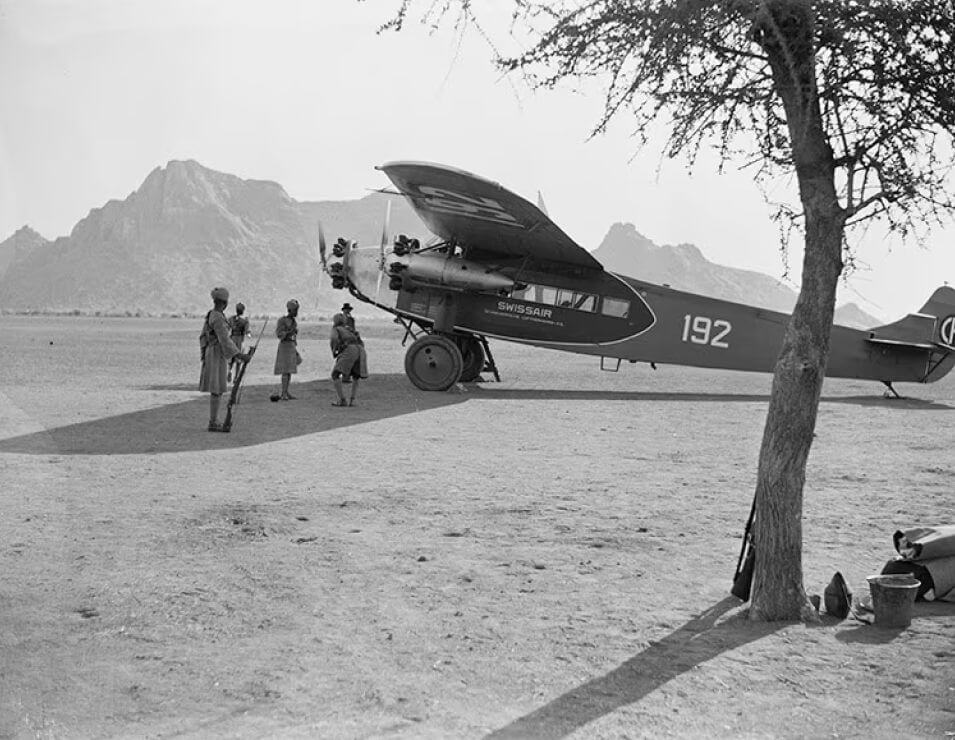
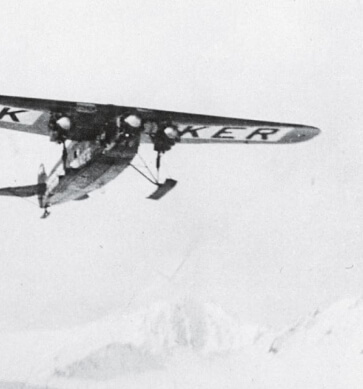
A key task for aviatiors is precisely measure flight stages and start new ones while flying at high speed.
Exact timing is essential for navigation or to calculate gasoline reserves.
Richard Byrd
LONGINES has indeed been the constant companion and friend-in-need for many of our great pioneer aviators

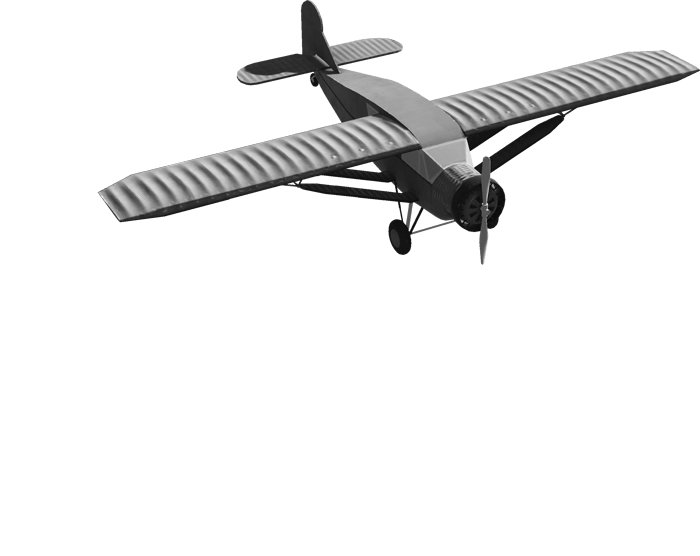

world’s first flight over the south pole lasting nearly 18 hours and 51 minutes.
The explorer must travel about 1,290 km (800 miles) to reach the South Pole.
The rugged landscape below them is made up of glaciers, massifs and crevasses.
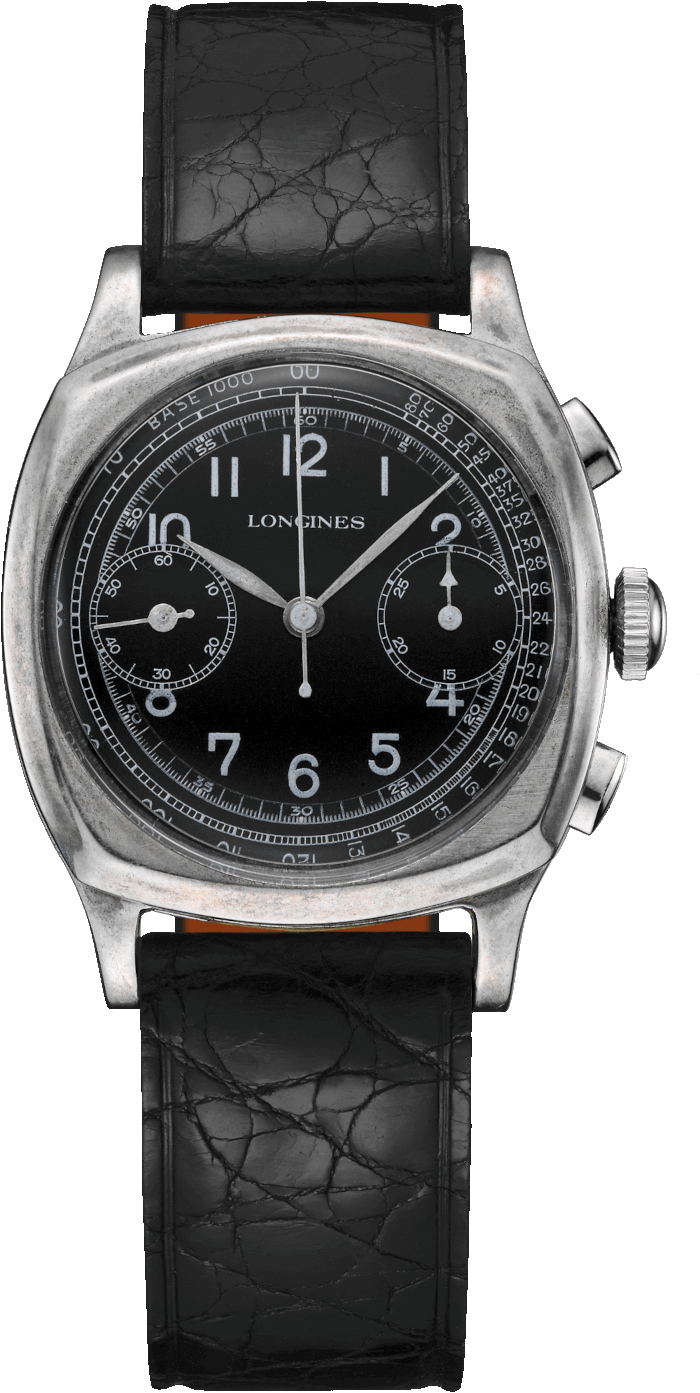
The cal. 13.33Z modified with Flyback (1929).
Cusion-shaped silver case.
Richard Byrd used a LONGINES cal.13. 33Z-Chronograph during his 1929-expedition to the South Pole.

